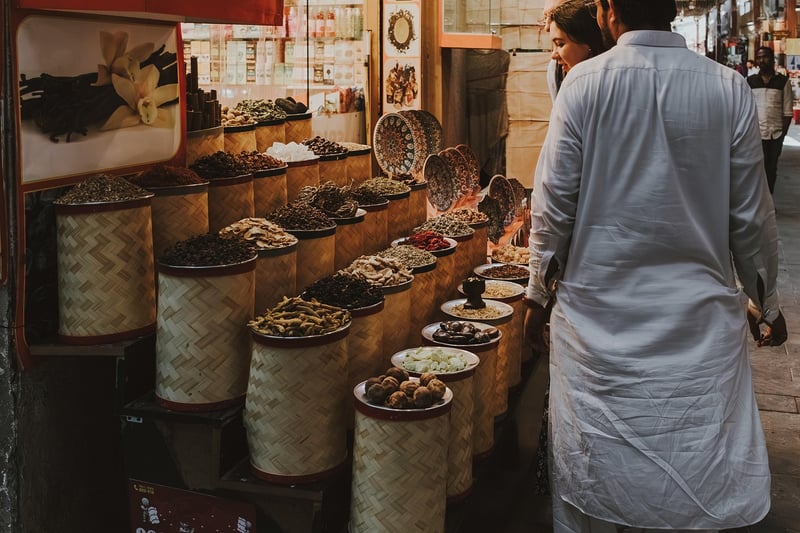Exotic Spices
The Art of Cooking: Exploring Exotic Spices
Spices have been an essential part of culinary traditions around the world for centuries. They not only add flavor and aroma to dishes but also offer a glimpse into different cultures and regions. While familiar spices like salt, pepper, and cinnamon are staples in most kitchens, there is a whole world of exotic spices waiting to be discovered.
Key Components of Exotic Spices
Exotic spices can transform a simple dish into a culinary masterpiece. Here are some key components that make exotic spices unique:
- Aroma: Exotic spices often have complex and intense aromas that can enhance the overall sensory experience of a dish.
- Flavor Profiles: These spices offer a wide range of flavor profiles, from floral and citrusy to smoky and earthy, adding depth and complexity to recipes.
- Cultural Significance: Many exotic spices have cultural significance and are deeply rooted in the culinary history of specific regions.
- Health Benefits: Some exotic spices are not only delicious but also offer various health benefits, such as anti-inflammatory properties and antioxidant effects.
Exploring Exotic Spices
Embark on a culinary journey and explore the world of exotic spices. Here are a few unique spices to add to your pantry:
- Saffron: Known for its vibrant color and delicate flavor, saffron is one of the most expensive spices in the world, prized for its floral notes.
- Sumac: A tangy and citrusy spice commonly used in Middle Eastern cuisine to add a pop of flavor to dishes.
- Star Anise: With its distinctive star-shaped appearance and licorice-like flavor, star anise is a staple in Chinese and Vietnamese cooking.
Experiment with these exotic spices in your cooking to elevate your dishes and transport your taste buds to distant lands.

Unlock the flavors of the world with exotic spices and take your culinary creations to new heights!
